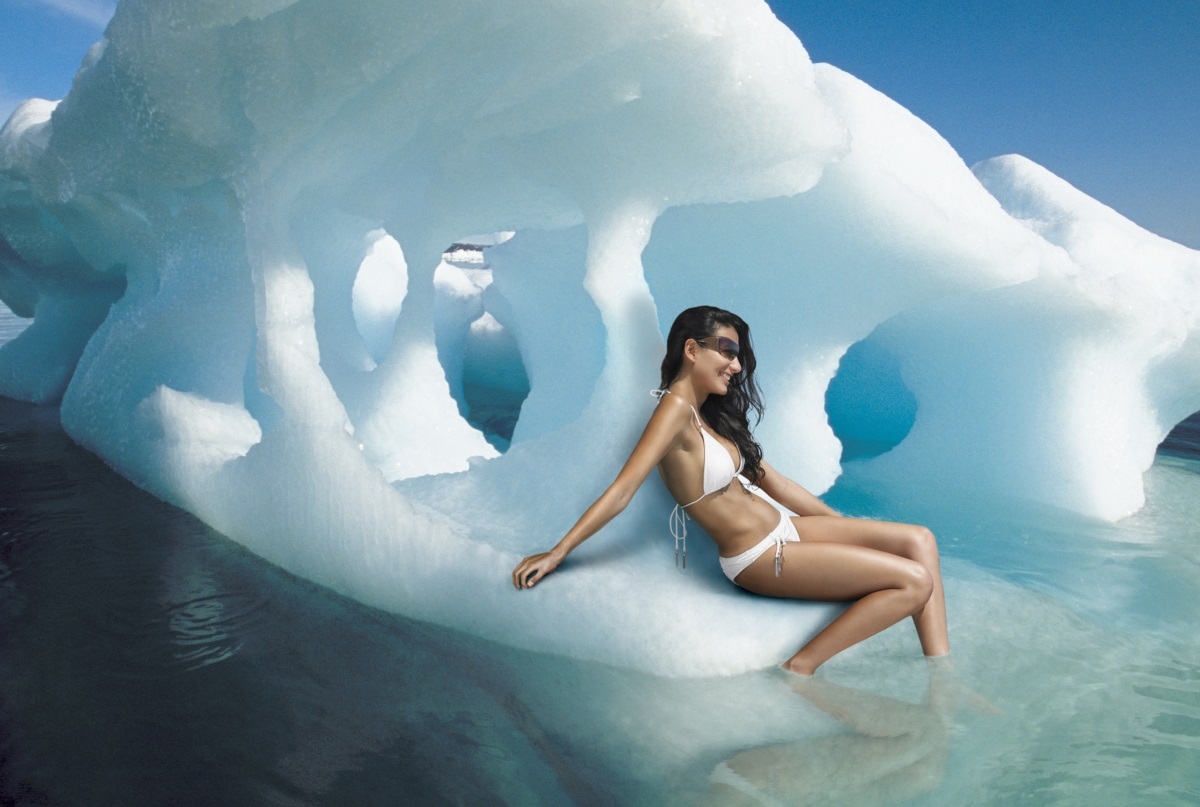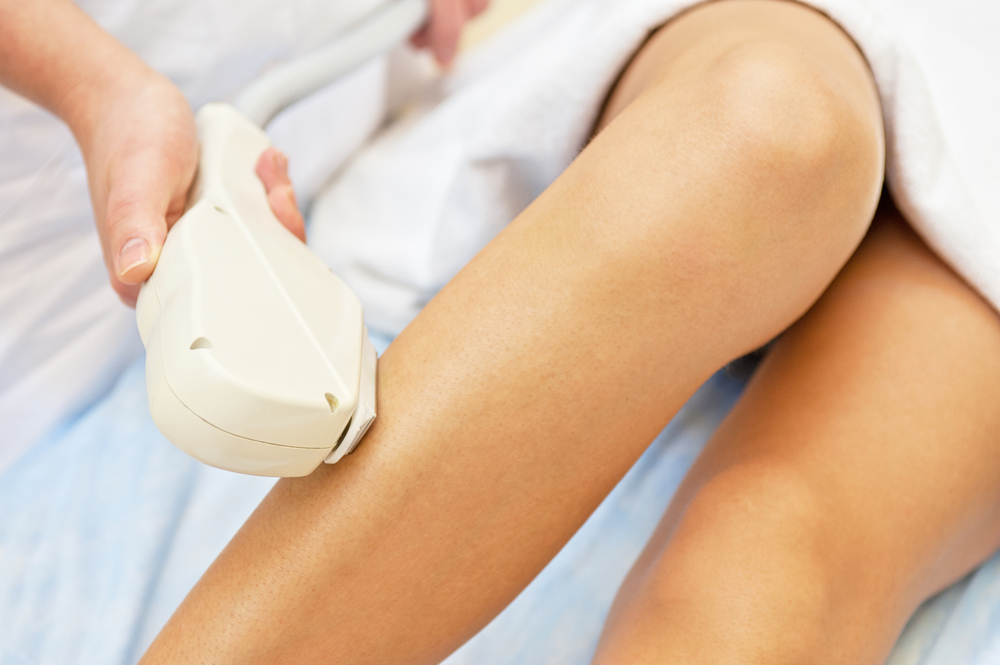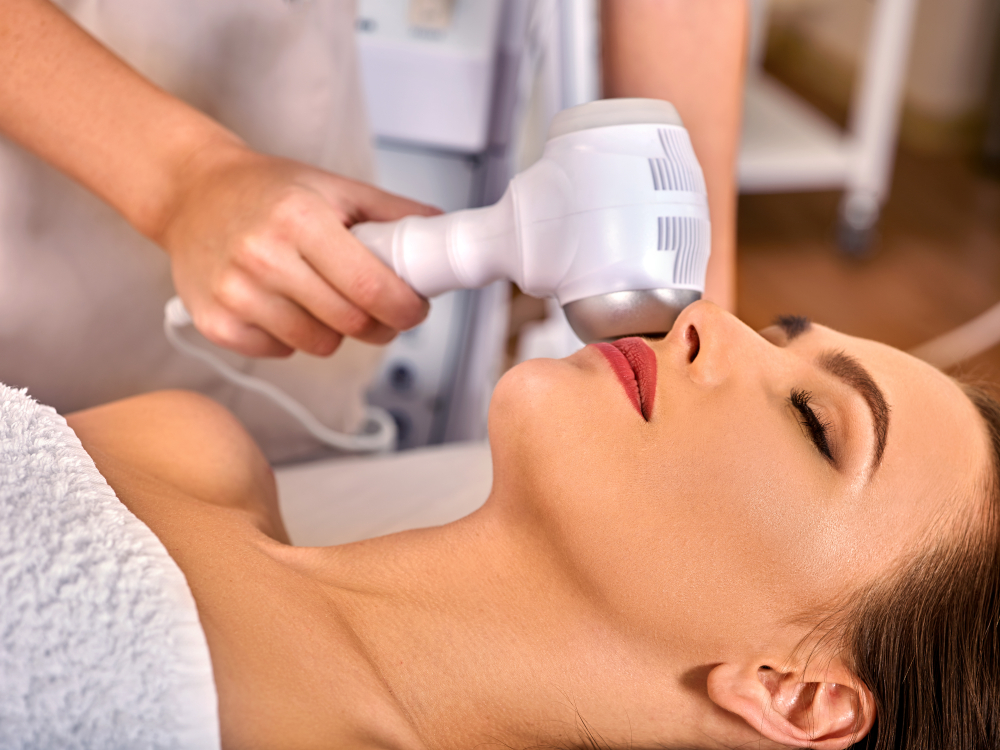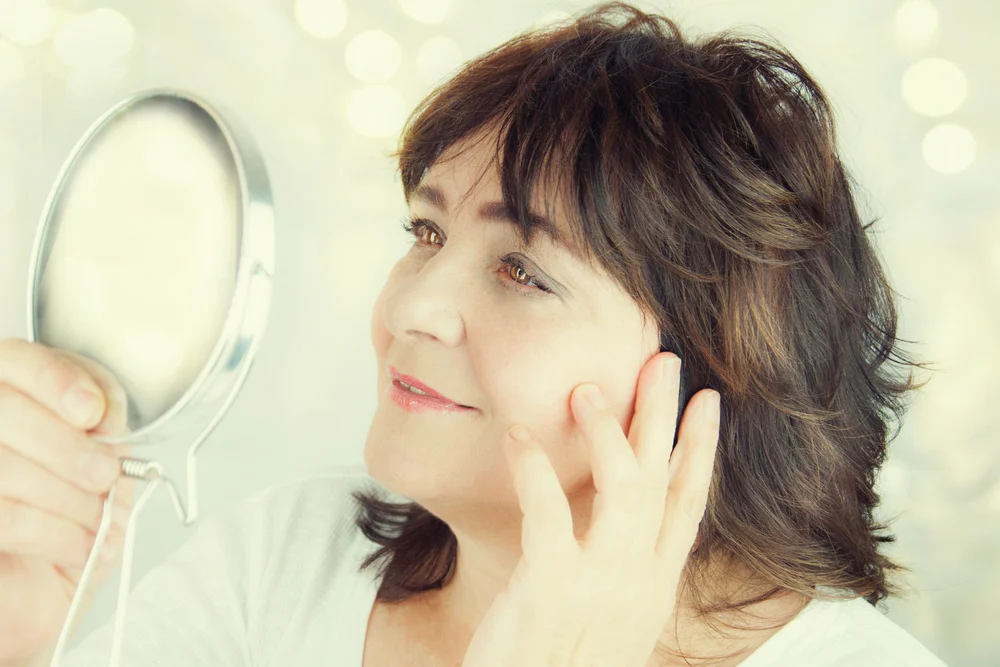- CoolSculpting is a noninvasive procedure that uses cold temperatures to break down fat cells.
- Its popularity has led to a rise in online sales of fat-freezing home kits and cooling vests.
- These DIY cryolipolysis treatments may cause unpleasant side effects, and their effectiveness is highly contested.
Non-invasive body contouring is an increasingly popular industry in the United States, with CoolSculpting’s fat-freezing crylipolysis technology leading the way.
Given the hefty price tag of $600-$2,000 per treatment area, it’s no wonder that some consumers are looking for cheaper alternative. Can holding an ice-pack against your love handles really kill stubborn fat cells? We asked the experts.
CoolSculpting and CoolSculpting knock-offs
CoolSculpting is the brain child of Harvard University scientists Dr. Dieter Manstein and Dr. R. Rox Anderson. The two researchers initially took a keen interest in a condition known as “popsicle panniculitis,” which causes infants who are teething to show signs of fat loss in the cheeks after sucking on popsicles.
After much trial and error, the doctors were able to establish a correlation between the exposure to cool temperatures and a reduction in localized fat deposits.
In an effort to break down fat without harming adjacent body structures, Manstein and Anderson devised a prototype device which produced results at a temperature of 19°F (-7°C). The experiment was hailed a success, and the core of CoolSculpting — which now operates around 39°F (4°C) — was born.
CoolSculpting’s commericial success and current scientific literature on cryolipolysis have spawned an assortment of cooling suits and at-home devices that promise to induce topical fat loss. There are also several YouTube tutorials that explain how store-bought ice packs can be used to the same effect.
At-home fat freezing is especially trending in the fitness and bodybuilding community. Much of this is due to former NASA scientist Ray Cronise, who claims that by tapping into the laws of thermodynamics he was able to lose a considerable amount of weight.
During a presentation given at the annual TEDMED conference a few years ago, Cronise theorized that by using his body as a thermostat and properly exposing it to cold he could increase his weight loss.
Cronise credits his theory to watching Olympic swimmer Michael Phelps on TV, who at that time was consuming no less than 12,000 calories a day and yet remained fit and slender. “Then I found out it was the cool water that forced Phelp’s body to constantly fight to maintain its temperature,” he announced to an audience consisting mainly of health and medical experts.
It’s no wonder that in order to boost the benefits of DIY CoolSculpting, some personal trainers and wellness websites highly recommend drinking plenty of cold water in the morning, taking a daily cold shower or regular ice bath immersion, doing outdoor exercise in the winter, and turning down the thermostat by a few degrees at night.
As is often the case with such “miracle” treatments and weight-loss regimens, some of the claims are in fact based on hard science. In a 2014 study, researchers found that exposure to 30-minute ice packs could turn white fat into “a kind of brown fat.” Dr. Philip Kern, one of the study’s authors from the University of Kentucky School of Medicine, dubbed this “beige fat.”
Brown adipose tissue (BAT) is known as a thermogenic tissue. It burns fat to create heat, such as when the body is shivering. It is also much less abundant than white fat, which represents on average 20% of body weight in men and 25% of body weight in women.
In order to mimic CoolSculpting at home, Kern suggests applying a cloth-covered ice pack on the skin for 30 minutes a day. Researchers have found that this technique is sufficient to activate three genetic markers linked to beige and brown fat.
It should be noted, however, that obese subjects will have a harder time transforming their adipose tissue from white to beige as inflammation halts fat-burning.
Despite these findings, there are very few — if any — evidence-based studies that actually support “do-it-yourself” CoolSculpting treatments. In fact, none of the experts we spoke with endorse this approach.
It is equally important to note that the side effects of this process can include bruising, late-onset pain, swelling, tingling, cramping, and skin sensitivity that can last several weeks.
Freeze at your own risk
Dr. Michele S. Green, a board-certified cosmetic dermatologist in New York City, is adamantly opposed to at-home fat freezing.
“These at-home freezing machines don’t work at all,” states Green, whose articles have been published in the Journal of the American Academy of Dermatology and the Journal of Cosmetic Dermatology.
Furthermore, she cautions that freezing fat at home can actually cause injury. The application of ice-packs can cause frostbite, skin blisters, and serious burns when used directly on the skin.
While cold burns can be avoided by placing a thin towel between the skin and the ice pack, ice cannot deliver the same consistent temperature as a body contouring medical device.
CoolSculpting, on the other hand, is FDA-approved and equipped with certain safety features. It is also done under medical supervision, targeting very specific areas of the body at optimal temperatures. This allows the device to freeze subcutaneous fat tissue while leaving the skin itself unscathed.
“These machines truly protect the skin,” says Green. “CoolSculpting wouldn’t be making a fortune if you could freeze your fat at home with a couple of ice cubes and an ice pack.”
What about cold body wraps?
Though at-home options abound, a few consumers have turned to a different kind of deep freezing system: Asrai’s Touch. The body wrap retails for a mere $84.99 USD on Amazon and consists of a specially designed placement belt, cloth-covered cooling pads of various sizes to prevent frostbite, and a small jar of intense cooling lotion.
The kit also comes with measuring tape and a user manual. According to the manufacturer, the wrap is meant to reduce both white and brown fat, but is “not designed for visceral fat.”
On average, after 149 reviews on Amazon, customers gave the product 3 and a half stars. When asked about their at-home system, a representative for Asrai’s Touch noted that “fat freezing isn’t for everyone and results will vary. We are reasonably priced for those who would like to try.”
The company also claim that it is not necessary to see a doctor in order to reduce body fat, and that “not all home fat freezing systems are equal in their ability to achieve good results. We are the only fat freezing wrap that offers a 30-day satisfaction guarantee because most people will see results in 30 days using our system.”
They do, however, acknowledge that “unfortunately, there isn’t any extensive data to support this.”
Some might argue that CoolSculpting is merely a pricey cosmetic procedure that does very little to improve one’s overall health. Interestingly, cold exposure, which has been used for curative purposes since the ancient Roman ice-baths, does appear to result in a statistical reduction in illness in some clinical trials.
One thing is for sure: weight loss won’t cease to generate massive public interest anytime soon. The demand for easy and affordable fat reduction is undeniable.
Until more research is conducted, however, anyone interested in DIY CoolSculpting should proceed at their own risk.









